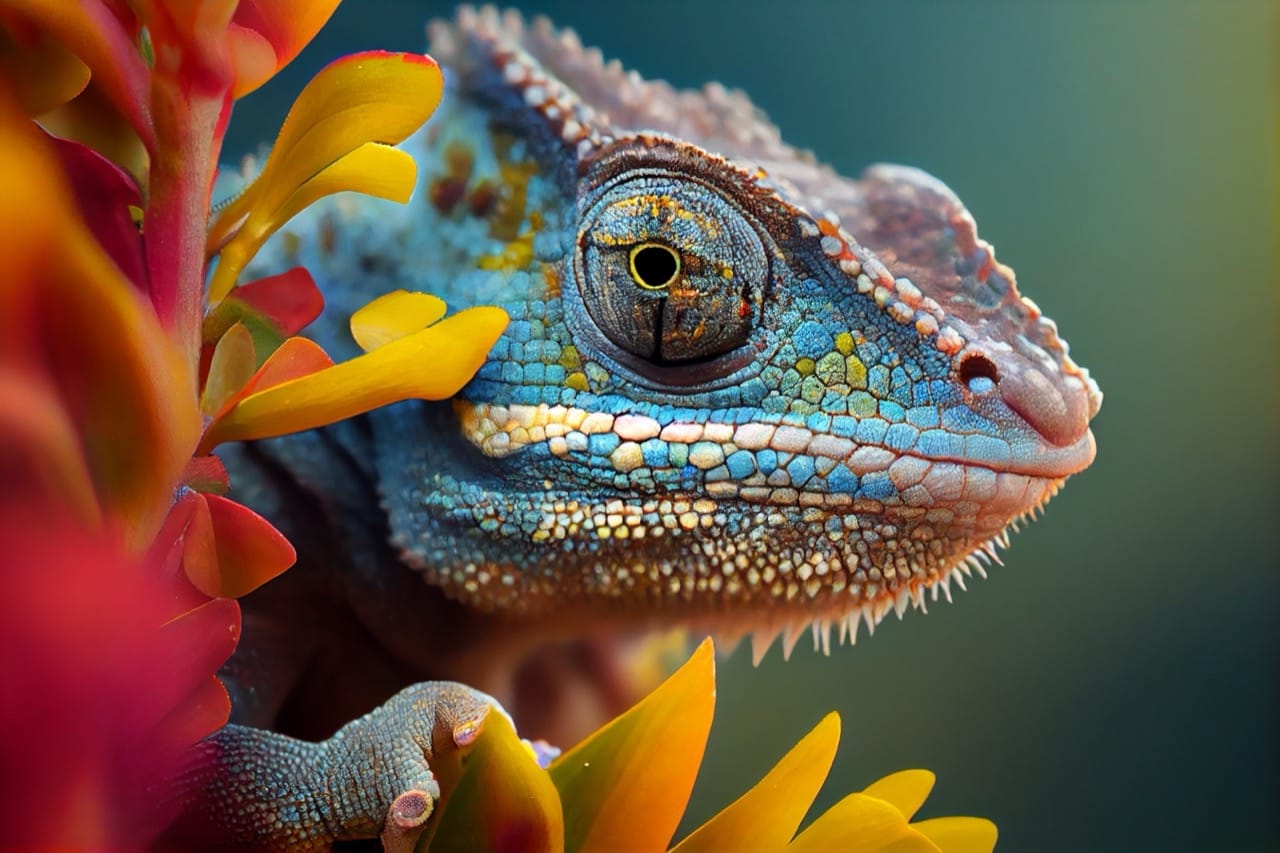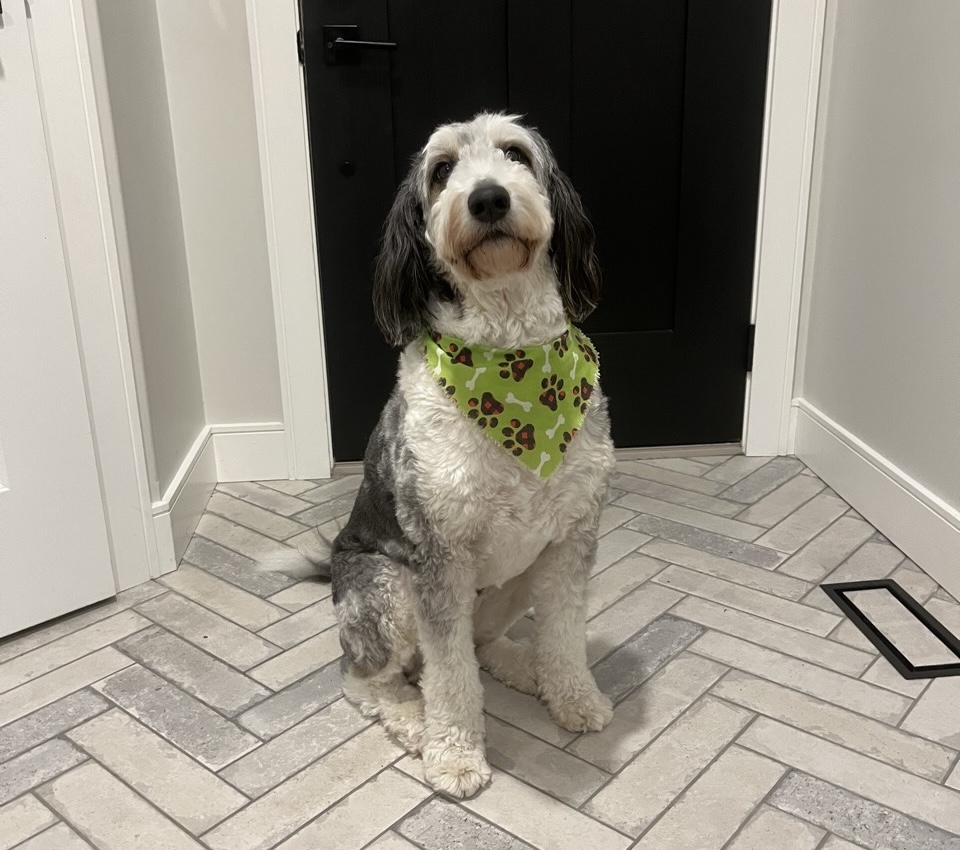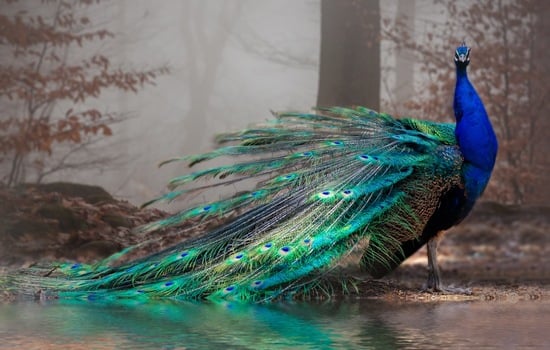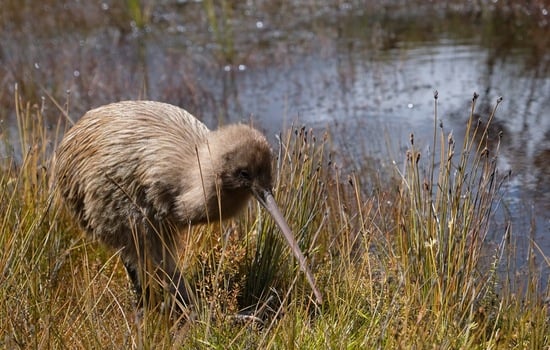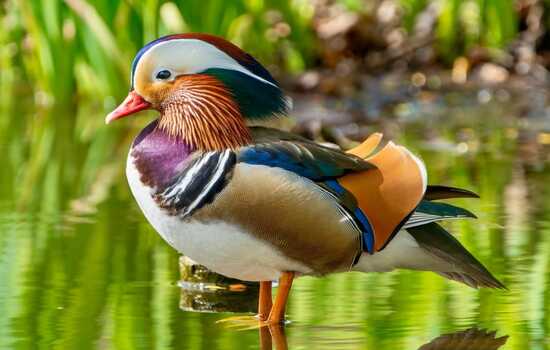
Goldfish, with their shimmering scales and playful demeanor, have captivated humans for centuries. Originating from East Asia, these aquatic beauties are more than just living decorations; they're pets that require care, attention, and a bit of fish-savvy knowledge to thrive. Before we dive into the specifics of goldfish care, here's an interesting tidbit: goldfish have a remarkable memory span of up to three months, debunking the myth that they only have a 3-second memory! This fascinating fact is a testament to the complex nature of these seemingly simple creatures. Now, let's embark on an enlightening journey into the world of goldfish care, ensuring your finned friends live a life of luxury and longevity.

Creating a Comfortable Habitat
Contrary to the popular image of a goldfish living in a tiny bowl, these aquatic pets require spacious accommodations to thrive. A proper home is the cornerstone of goldfish well-being, influencing their health, happiness, and longevity. An aquarium of at least 20 gallons is recommended for the first goldfish, with an additional 10 gallons for each subsequent fish to prevent overcrowding. This space allows for adequate water volume, which helps dilute toxins and gives your goldfish the room it needs to swim freely.
Filtration and Water Quality
A high-quality filter is non-negotiable for maintaining a healthy goldfish aquarium. Goldfish are known for their messy eating habits and the significant amount of waste they produce. A filter keeps the water clean and oxygen-rich, but it's also essential to perform regular water changes, ideally 10-20% each week, to remove nitrates and other pollutants. Moreover, investing in a water testing kit is wise, as it will help you monitor the water parameters (ammonia, nitrites, and nitrates) to ensure they remain at safe levels for your aquatic pets.
Feeding Your Goldfish: A Balanced Diet
Goldfish are omnivores, meaning they require a diet that includes both plant and animal sources to stay healthy. High-quality goldfish flakes or pellets should make up the staple of their diet, supplemented with treats like cooked and shelled peas, blanched spinach, or bloodworms for variety. It's crucial to feed your goldfish in moderation; overfeeding can lead to health issues and deteriorate water quality. A good rule of thumb is to feed them an amount they can consume within two minutes, twice a day.
Nutritional Needs and Feeding Tips
Ensuring your goldfish receives all the necessary nutrients involves choosing the right food and feeding routine. High-quality goldfish food will contain essential vitamins and minerals to support their health, but variety is key to fulfilling their nutritional needs. Additionally, soaking pellets before feeding can prevent air intake, reducing the risk of swim bladder issues. Remember, a healthy diet reflects in your goldfish's vibrant colors, energy levels, and overall vitality.
Entertainment and Stimulation
While goldfish might not fetch sticks or need a scratching post, providing mental stimulation and environmental enrichment is crucial for their well-being. Goldfish are curious by nature and appreciate an environment that mimics their natural habitat. Including aquatic plants, rocks, and ornaments not only beautifies the aquarium but also offers hiding places and exploration opportunities. Moreover, interactive feeding toys can stimulate their problem-solving skills and satisfy their foraging instincts.
Safe and engaging environment
Creating a safe and engaging environment for your goldfish involves more than just decorations. It's important to ensure all ornaments have smooth edges to prevent injuries, and the plants are goldfish-safe, as they might nibble on them. Additionally, periodically rearranging the aquarium's layout can provide new stimulation, keeping your goldfish active and engaged. This attention to their habitat contributes significantly to their mental health and quality of life.
Health and Safety
Monitoring your goldfish for signs of illness is an integral part of their care. Symptoms like changes in swimming patterns, loss of appetite, or physical abnormalities like spots or swollen eyes should prompt immediate investigation. Early detection and treatment of health issues can be the difference between a minor setback and a serious problem. Regularly cleaning the tank, maintaining optimal water conditions, and providing a balanced diet are the best preventive measures against diseases.
Preventative Care and Emergency Planning
Understanding common goldfish ailments and having a plan for emergencies is crucial. Establishing a relationship with a vet who has experience with aquatic pets can provide peace of mind and support when needed. Additionally, keeping a small quarantine tank on hand is advisable for isolating sick or new fish, preventing the spread of diseases to the main tank. Investing in your goldfish's health through preventive care and preparedness ensures a long and happy life under your care.
---
Caring for goldfish goes beyond the simplistic view of these creatures as low-maintenance pets. It requires dedication, understanding, and a willingness to provide the best possible environment for them to flourish. The journey of goldfish care is rewarding, offering a unique opportunity to observe the beauty and complexity of life beneath the water's surface. By following these guidelines, you're not just ensuring the health and happiness of your goldfish; you're also embarking on a fulfilling journey that deepens your connection to the fascinating world of aquatic pets.


